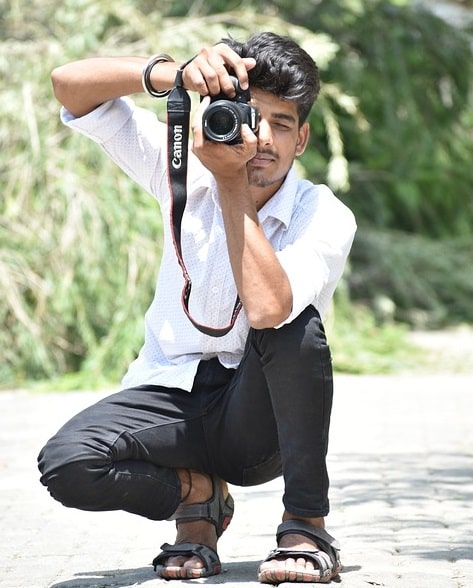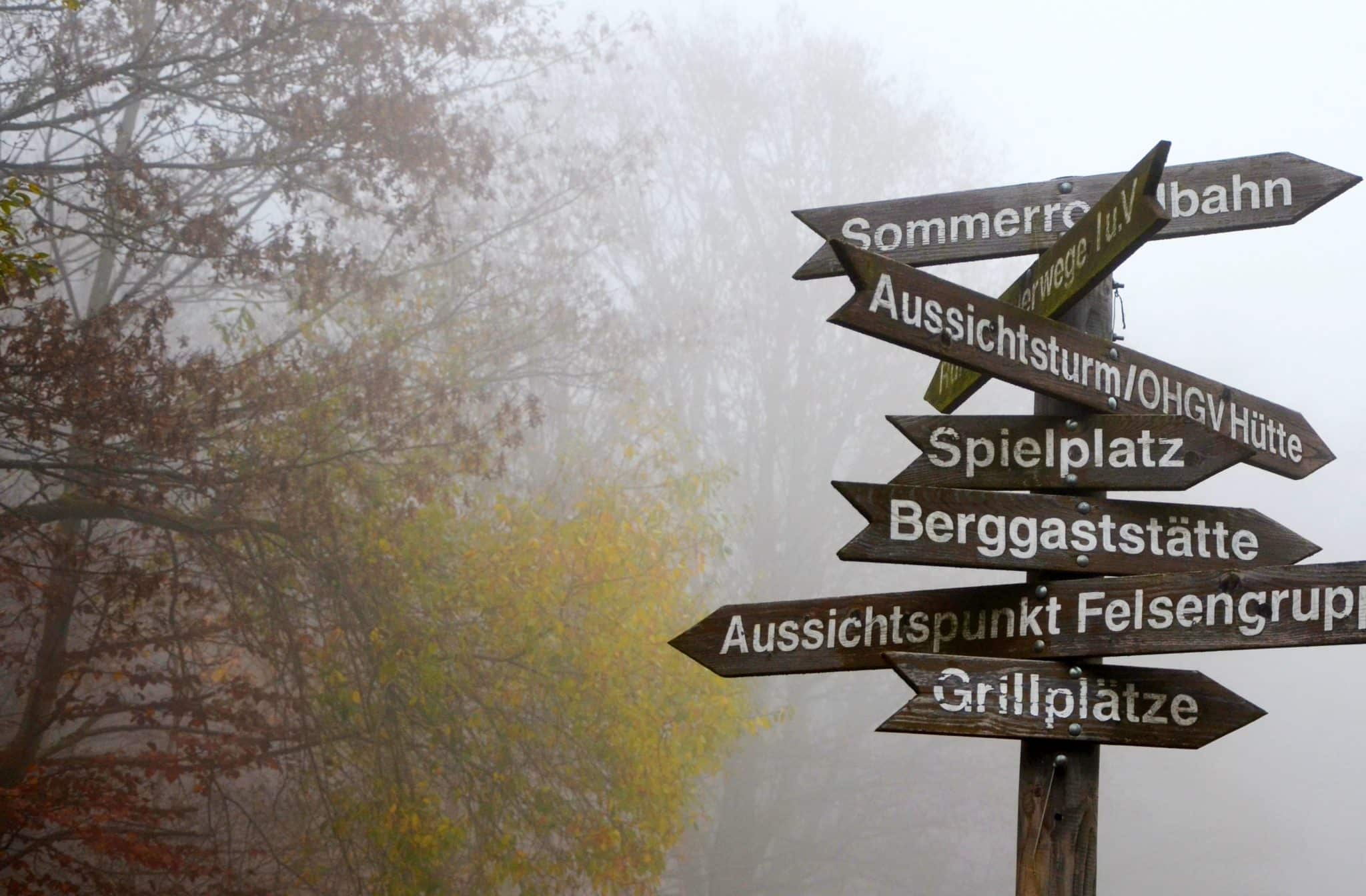
Due to the internet, becoming a photographer has become somewhat easier. The problem is, it is also easier for photographers work to be stolen. Many individuals remain unaware once they have taken a photograph, there is no need to acquire a copyright due to the Federal Copyright Act of 1975. The moment the photograph is taken, it legally belongs to the photographer. There are steps to take if any work should be stolen.
Any photograph used without the express permission of the photographer is legally prohibited from:
- Reproducing the photograph
- Publicly displaying the photograph including online
- Use the photograph for the creation of derivative works
- Distribute copies for the purpose of rent, sale, lending or lease
All of the above are considered violations subject to both criminal and civil penalties. There are measures a photographer can take to help prevent any theft of their photography as well as recovering any losses should a theft occur. When a photograph is used without first receiving permission, the photographer may make all legal efforts to have the photograph removed, receive compensation for the photograph, or hire a lawyer. Copyright violation is against the law regardless of whether the offender was aware the photograph was obtained illegally.
The first step is to make a copy of the photograph. This can be a screenshot or a paper image. Obtain the name and contact information of the individual who stole the photograph whenever possible. Then a cease-and desist letter should be sent. This can be done by the photographer, or through an attorney. The lawyer will state credit for the image must be given to the photographer, and monetary damages can be collected depending on the length of time the photograph was used, the determination the photograph was used without receiving permission, and the profits made from the photograph.
The best option is hiring an attorney to write the letter because they know the language and legal terms necessary for legality and accuracy. The letter will additionally have more of an impact than if written by the photographer. If there is no response, and the photograph was used online, a DMCA, or Digital Millennium Copyright Act takedown can be filed. This 1998 act enables the photographer to request the website to remove the photograph due to an infringement on the copyright. This does not require a registered copyright.
To file a DMCA, the ISP for the website must be obtained. The site illegally using the photograph is then contacted with the following information:
- The photograph displayed is infringing on the copyright
- The photographer owns the copyright
- A specification of the photograph
- Permission has not been given to use the photograph
- The contact details
- The complaint must be in good faith in accordance with the National Press Photographers Association
- The information must say under penalty of perjury regarding the accuracy of the notification
- The notice must state permission was not granted to use the photograph
If the photographer is not satisfied with the results at this point, the only alternative is to file a lawsuit. It is critical the attorney has experience in copyright law, and the photograph should be officially copyrighted prior to filing the lawsuit. If the copyright is not registered, it is not possible to sue for copyright infringement in a federal court. The copyright adds validity to the claim, allows for statutory damages of $150,000, and enables the lawsuit to include legal fees. If the photograph has not been copyrighted, the lawsuit can only include actual profits and damages. Most cases of copyright infringement are settled out of court, and only one percent will make it to trial.
A photographer should take all possible steps to prevent any more theft in the future. Using a Watermark is an excellent way to deter potential theft. The mark positively identifies the photograph, and often the person illegally using the photograph has not removed the Watermark. There are Image Tracking Services who will monitor the internet for any specific images. If they locate any of these images, they will arrange for legal action on behalf of the photographer to collect monetary payment for the unauthorized usage. If possible, a low-resolution setting will make a photograph a lot less attractive for possible theft.
Author Bio:
Ismail Sirdah is a highly gifted photographer. His background in art has enable him to create photographs both unique and breathtaking. His travels on the West Coast resulted in photographs for the hottest fashion designers and the top brands. This led to his own photography studio and a successful career.


